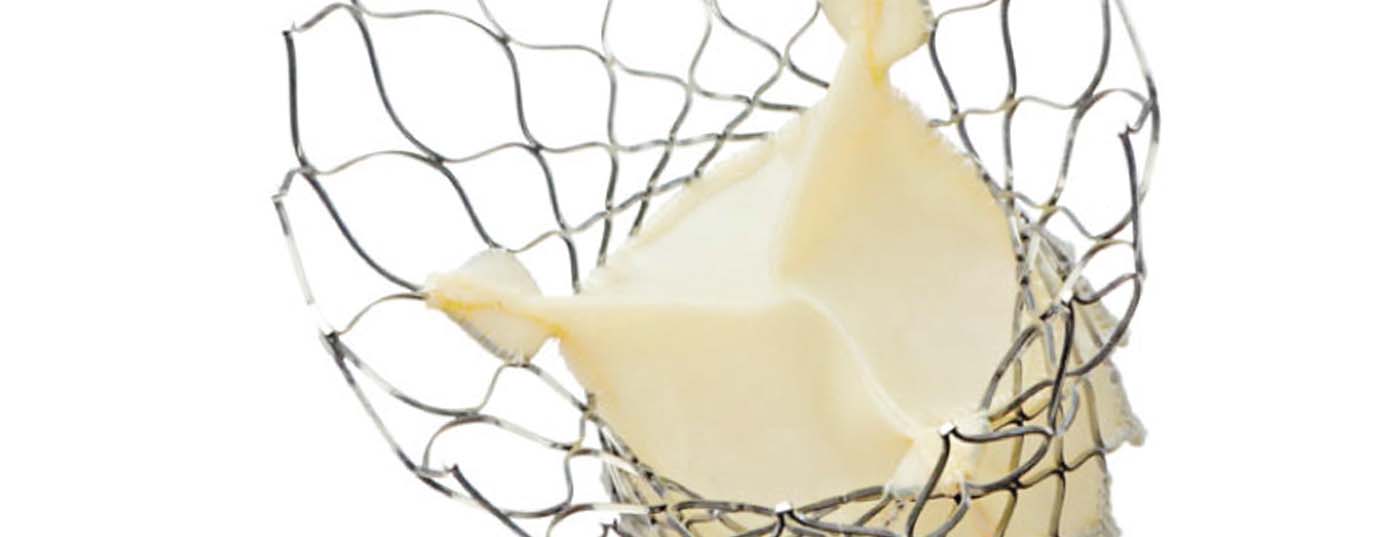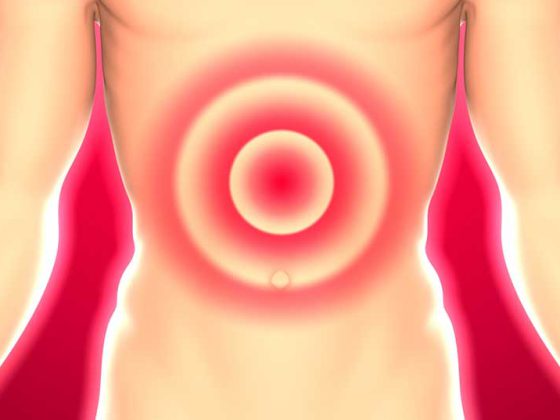At the TCT (Transcatheter Cardiovascular Therapeutics) meeting in San Francisco, 1-year data from the PARTNER II trial were presented. Transcatheter aortic valve implantation (TAVI) shows excellent results in high-risk and inoperable patients with aortic valve stenosis.
In the PARTNER II trial, patients with severe aortic valve stenosis are being studied in two study arms: One arm includes 1076 operable patients with intermediate risk, the other 583 patients with high risk resp. inoperable patients. After an assessment to determine the optimal approach, study participants were implanted with the SAPIEN 3 valve via either the transfemoral or transapical/transaortic route. At the congress, the 1-year data of the study arm with the high-risk patients and inoperable patients were now presented for the first time.
On average, these patients were 82 years old. 58% were men, 42% women. The surgical risk in this group was high: the median STS score (STS Adult Cardiac Surgery Risk Calculator) was 8.4%. Access was transfemoral in 84% of patients, transapical in 10%, and transaortic in 6%.
Excellent overall survival after one year
After twelve months, overall survival was 85.6%. In high-risk patients, the value was 87.3%; in inoperable patients, the value was 82.3%.
When study participants who received the valve via transfemoral access were considered separately, 1-year overall survival was 89.3% in the high-risk group and 84.3% in the inoperable group.
Before treatment, 90.1% of patients were classified as NYHA classes III and IV. 30 days after surgery, this classification affected only 13.3% of patients (p<0.0001), and after one year, it affected only 7.7%. 34.1% of patients were classified as NYHA class II at one year, and 58.2% were classified as NYHA class I.
Low rates of strokes and leaks
Strokes associated with disability (modified Rankin Scale ≥2) were very rare: The rate was 2.4% in the entire cohort at 12 months. There was no significant difference between the high-risk and inoperable patients in this regard. The different implantation approaches also had no effect on stroke risk.
The rate of paravalvular regurgitation was low and remained stable. Within the first 30 days, moderate leaks occurred in only 2.5% of patients. Mild leaks were noted in 33.2% of patients, and no leaks occurred in 64.3% of patients. There were no significant differences in 1-year survival between the group with no leaks and that with mild leaks (88.0% and 85.9%, respectively). In contrast, the 1-year survival rate in patients in whom moderate or severe leaks were detected at 30 days was 61.9%, a significant difference from the survival rate of the other two groups. The access route did not influence the rate of leaks.
Conclusion of the investigation
The authors of the study concluded that these excellent 1-year data justify TAVI with the SAPIEN 3 valve as the preferred therapy in high-risk and inoperable patients with severe aortic valve stenosis. The low complication rates at 30 days would have resulted in consistently improved 1-year survival. Throughout the period between 30 days and 1 year after implantation, the rates of stroke and paravalvular regurgitation remained stably low, and there were no significant differences between the different access routes. According to the authors, the low adverse event rates are due to several factors: the design of the SAPIEN 3 valve, improvements in patient selection, increased surgeon experience, and optimization of the procedure itself. Overall, no association was found between the occurrence of mild paravalvular leaks and mortality at 1 year. The good hemodynamic function of the implanted aortic valves was maintained within the first year.
The 1-year results of the first intermediate-risk cohort are expected to be presented at the 2016 ACC Congress.
Source: Transcatheter Cardiovascular Therapeutics (TCT), October 11-15, 2015, San Francisco.











